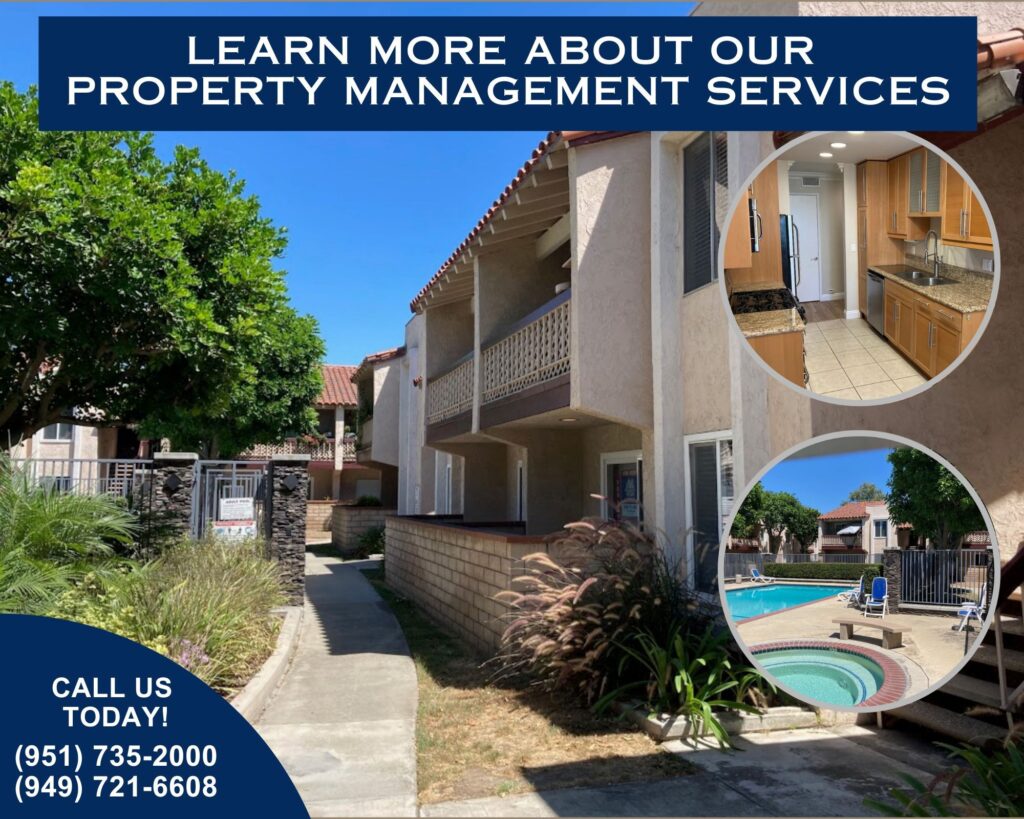
Remediation: A Scary Word
In the nearly 40 years of property management, we've never seen so many mold remediation situations as we have in the last seven months, from slab leaks to kitchen sink leaks to showers leaking behind the walls to roof leaks. You name it. We've seen it over the last several months. My speculation for the increase is the aging homes in our inventory and the substantial rain we received last year.
The length of the remediation process relates to insurance companies and their willingness to act swiftly or take their sweet time. In most cases, they are in no hurry to write huge checks to policyholders or contractors.
Let’s work through the process of a remediation project. The project used in this discussion is an actual case underway at Management One. Although this is an example of a current situation, 9 out of 10 cases we address follow this process.
Setting the Stage
A call came into Management One on May 24th that there might be a slab leak because the residents walked into their bedroom and had water squishing out between their toes. That's not a good sign.

Management One deployed leak detection. The leak detection found the leak to be coming from a cracked bathtub. The water was seeping through this tiny crack, winding its way underneath the tile flooring and eventually reaching the connecting bedroom when it finally showed its ugly face.
Discovery Phase
By the time you see evidence from a leak, it's been happening for a while. Water is a sneaky thing that flows under the radar. In this case, the water had been sleuthing under this resident's feet for who knows how long, leaving a wake of destruction in its path.

It's imperative to act swiftly to stop the "bleeding," thus stopping further damage. Management One treats these cases as emergencies, dispatching contractors immediately.
Action Phase
Once onsite, our contractors will locate the leak by using leak detection or observing the area for any obvious signs of the source. At this point, Management One contacts the landlord (owner of the home) and advises that they contact their insurance ASAP. In the meantime, the contractor stopped the leak to avoid more water damage.
Let me say this. You will need to be calling, texting, and emailing your adjuster every day, if not twice a day, and asking to speak to upper management at the insurance company if they still need to move on. Residents have sued owners for $100,000 for taking too long while mold grows daily. You have to move very quickly from the very first day.
In this case, the estimate to start the remediation (Remediation is cutting out drywall mainly and getting the huge fans going and removing any mold spores) came in at $6,951.29, which the owner had to pay upfront to start the process. Due to the amount of water, the drying-out process needed to start ASAP. This drying-out phase started on 06/12.

The water leached to the main bathroom, hall bathroom, entry, and dining room ceilings. The contractor pulled the carpet back so the subfloor could dry out. The contractor also pulled the toilets from the bathroom so the subfloor in the bathroom could dry out. Lastly, the contractor had to pull off the drywall on the ceiling due to water damage.
Remediation Phase
You have two phases when damage occurs by water, fire, etc. Phase one is the remediation, and the second is the build-back phase, replacing all the drywall, texturing, and painting.
Before remediation begins, a specialty contractor who holds a license for remediation goes out and determines the extent of the damage. They will take readings with a unique device that sees more than the naked eye can see. It will tell the contractor if wetness is detected in walls and under flooring. The contractor will also take readings to determine the level of mold spores.
Remediation is expensive, to the tune of thousands of dollars. In nearly all the cases we’ve worked on, the landlord has put up funds to start the remediation phase of the project.
As mentioned, this remediation involved pulling wet carpets, removing toilets, and installing massive blowers to dry the water. Since there were no working toilets, the resident had to vacate the home during the drying-out process. Fair Housing puts the lack of working toilets under the habitability heading, so it's a must that the resident relocates.

Per Fair Housing, while a resident doesn’t have use of the home, they don’t have to pay rent. This scenario is precisely why we impress upon you to have adequate insurance coverage, including but not limited to loss of rent.
You might be thinking, well, what about the residents' insurance? That's a great question. During the past seven months, we've learned that some renter's insurance includes displacement coverage, and some don't. We recently implemented a policy mandating that all residents have this coverage. All new residents must have this on their policy, and all current residents must have it when it renews.

However, the renter's insurance only pays so much for so long. The displacement coverage typically pays out quickly, allowing the resident to relocate temporarily. On the flip side, the funding runs out quickly and only lasts for part of the time a resident is displaced. Again, this is another reason you need to ensure you have loss of rent on your policy.

Insurance is Slow to Pay
While the remediation phase is underway, typically at the landlord's expense, the insurance is still dragging its feet. Our experience has shown that insurance companies need to be faster to pay out. Of course, they want to avoid paying out thousands and thousands of dollars, so they will avoid dragging their feet. We have two other projects besides this one where the remediation is complete. The insurance companies still need to send the landlord the funds, so the walls are just sitting open, and residents need full use of their homes. In this case, the owner opened a claim on June 15th, and the appraiser was out on June 27th and approved the claim. We are nearly a month later, and the funds still need to be sent to the owner. So, this resident is still out of the home since there are no working toilets.
Build Back Phase
Once the remediation is complete, the build-back phase starts. This phase can only start once the landlord receives funds. While the landlord is coordinating the work, they will start getting the insurance contractors in to start the work.
Depending on the scope of the work, this phase can take months.

Things to keep in mind:
- Management One is the liaison between you, the owner, the resident, the adjuster to get them access to the property, and your insurance company vendor.
- A management company can't create a claim on your behalf. As a policyholder, you must start the process.
- We can't negotiate on your behalf with the insurance company. As the policyholder, you must do that to advocate your wishes to their fullest.
- We can provide you with the renter’s insurance information.
- Remediation, Build Back, and insurance require endurance. It's a marathon, not a sprint.
- Ensure you have your "Piggy Bank" set up so you have the funds to get the work started. Or even pay for the repair in full if your insurance doesn't cover the repair.

As you can see, these repairs are a pain to deal with, and working with the insurance company is even more complicated. Do yourself a favor; read the exclusions part of your insurance policy to know exactly what is covered and not covered. Call your insurance agent and see what coverage you have, check the limits of liability of your policy, and make sure you have loss of rent.











